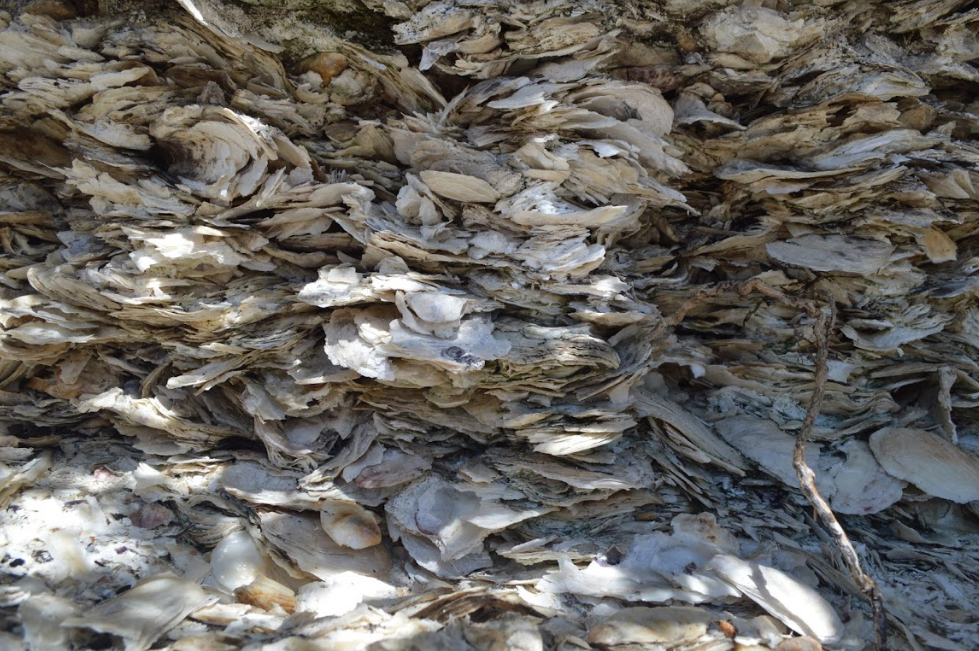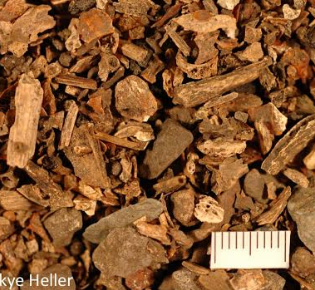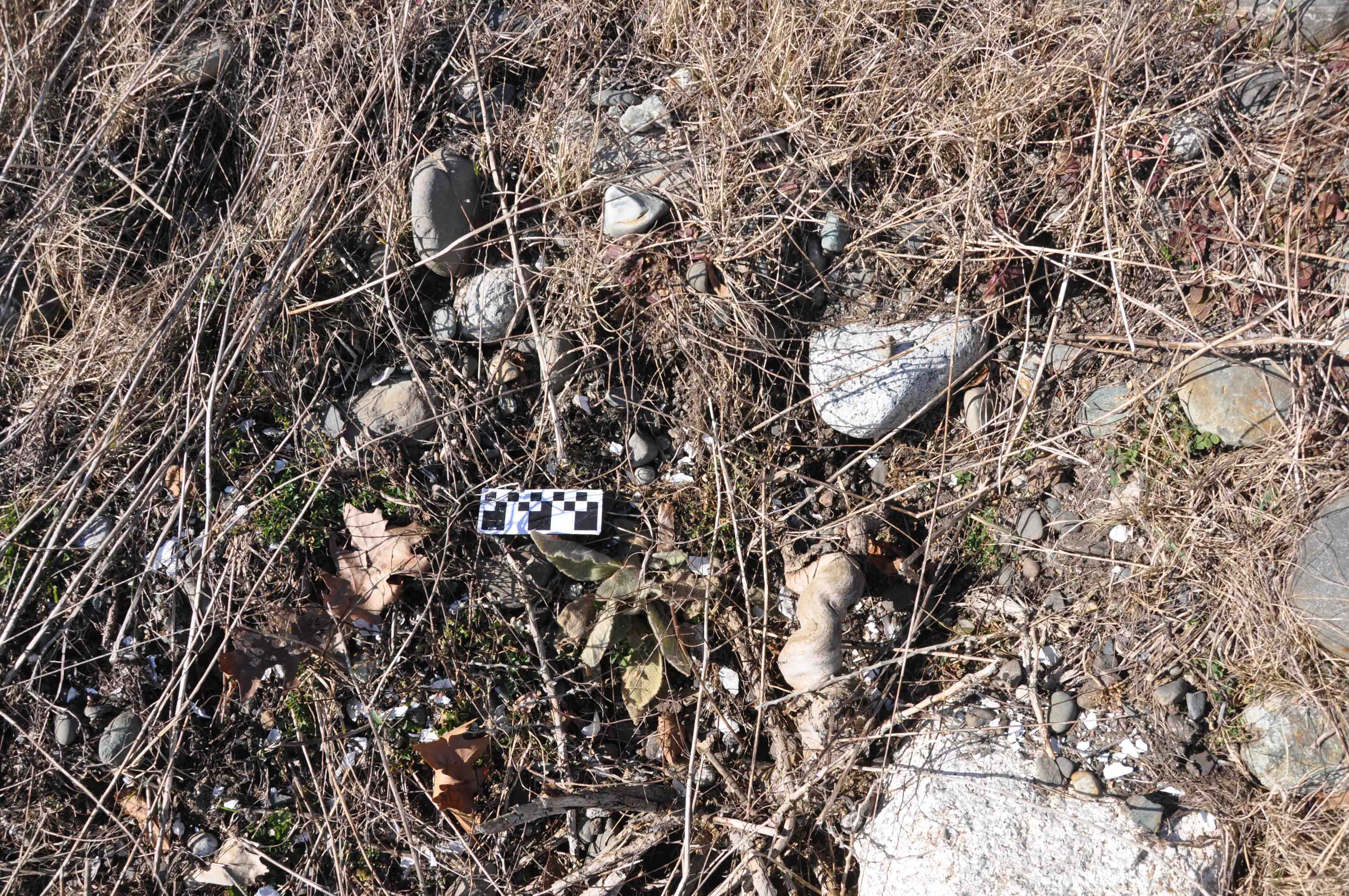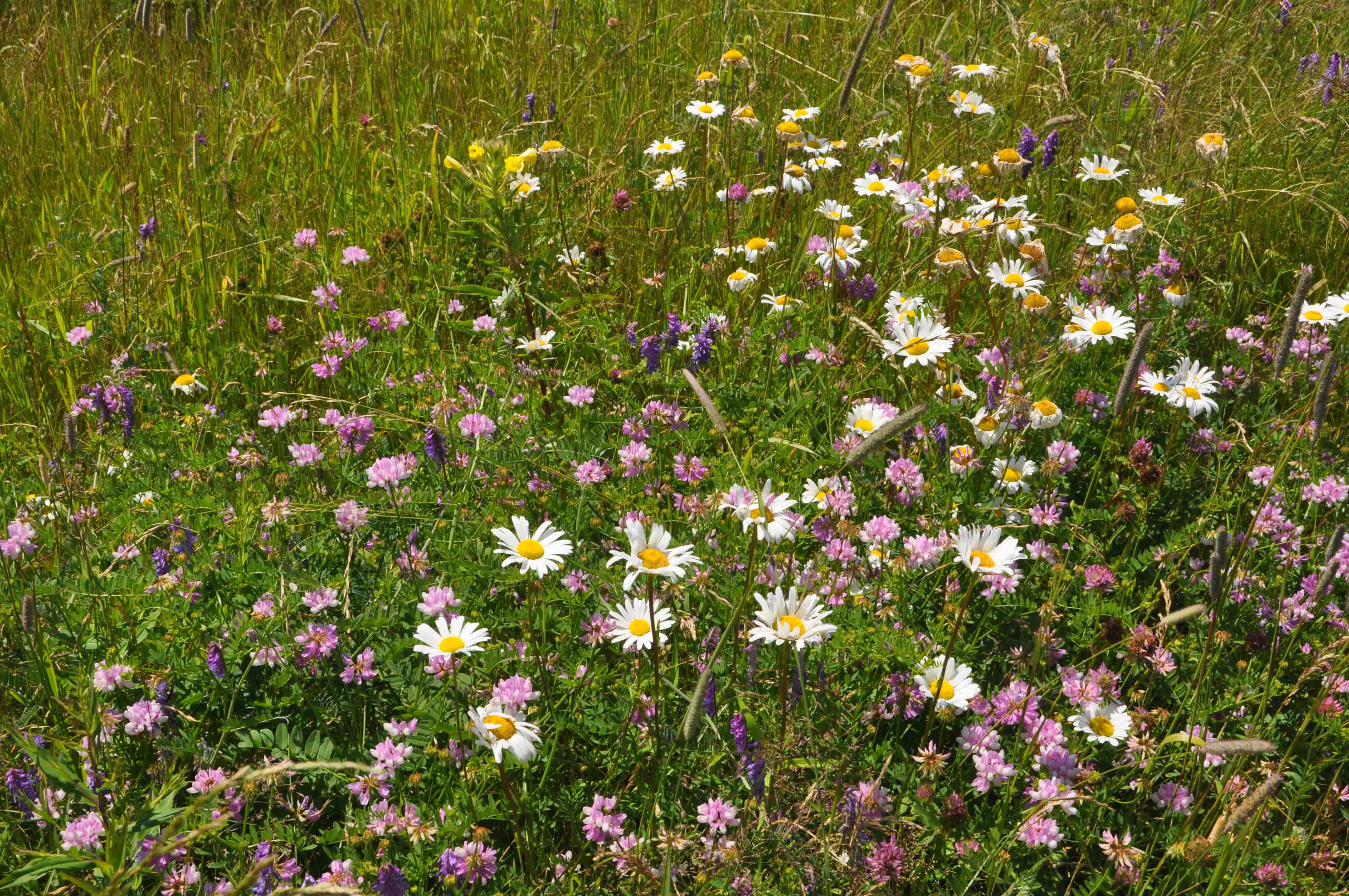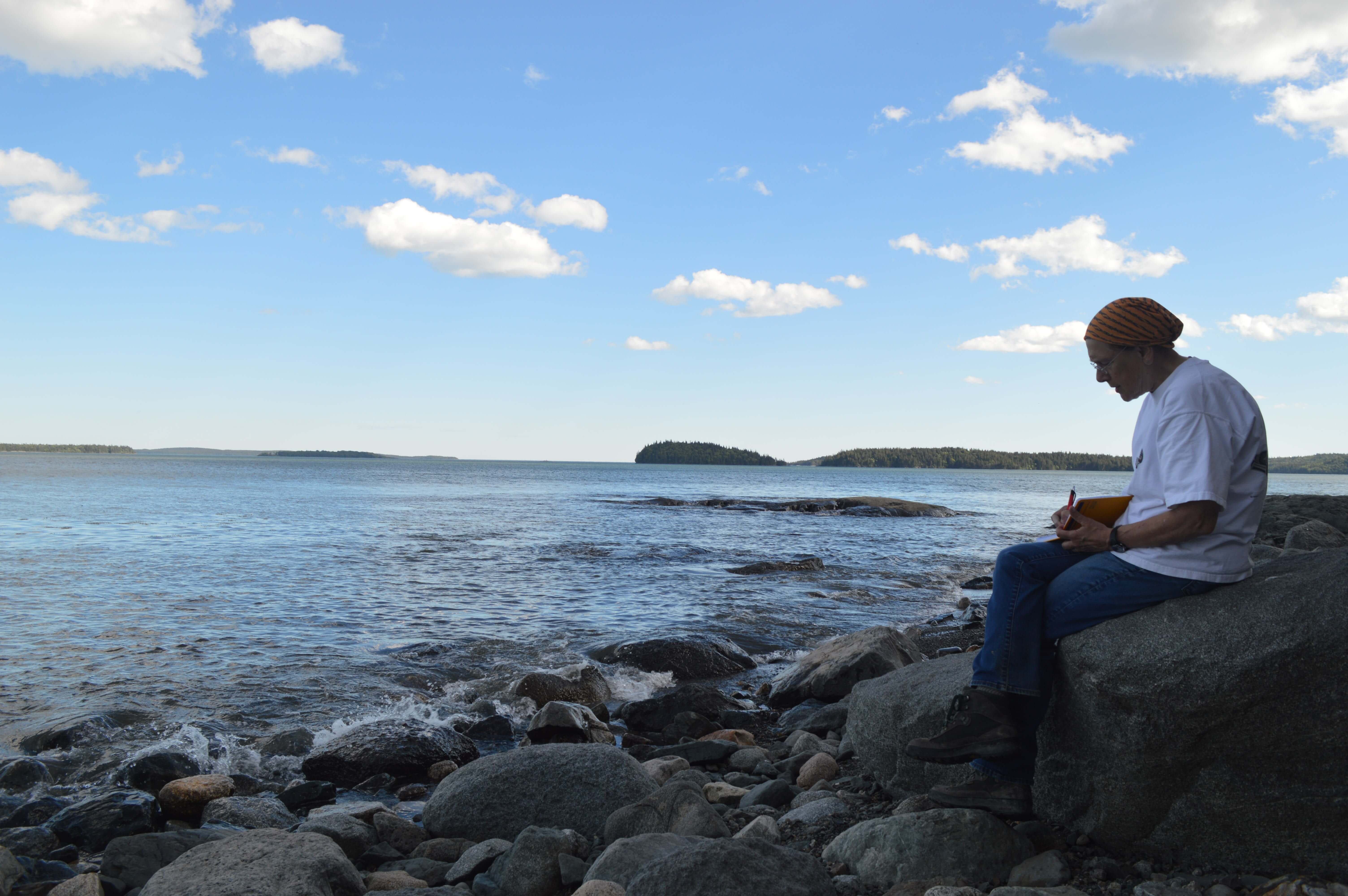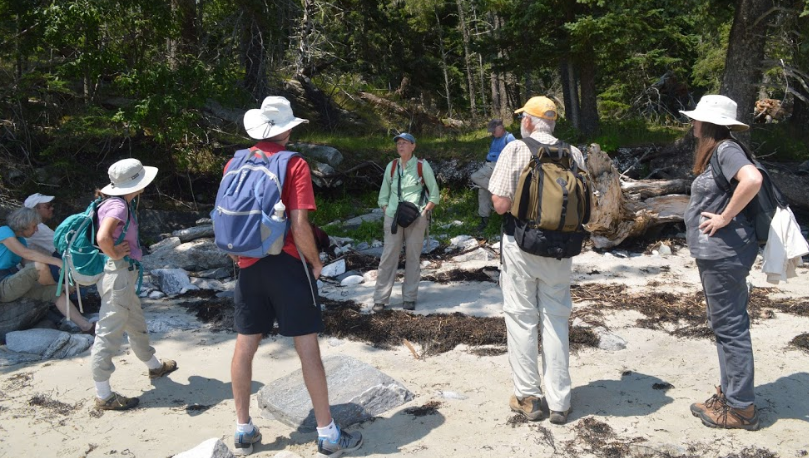What is a midden?
Shell middens are cultural spaces located on the mainland and island coasts, and were created by Maine’s indigenous people during thousands of years of coastal occupation.
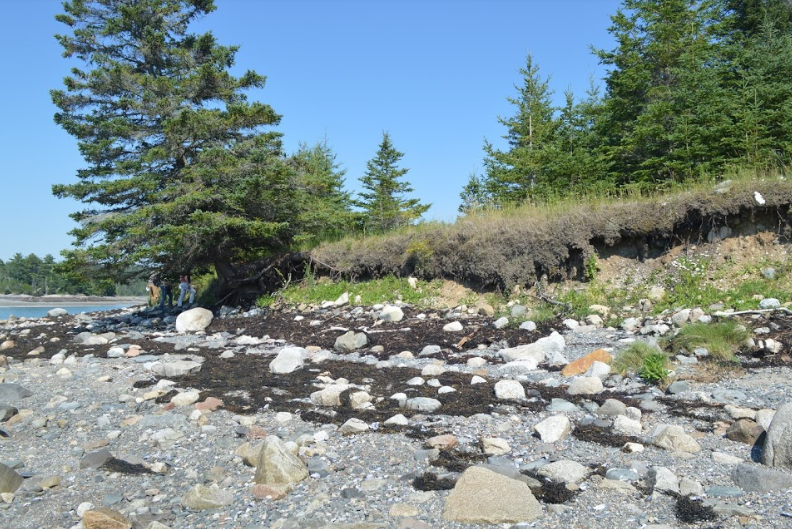
Shell middens are found all along the Maine coast, but in two distinctive locations:
In sheltered coves or bays, located near tidal flats and often near tidal/inland streams. Studies of the faunal remains of these sites suggest many were winter and early spring occupation sites, sheltered from winter winds and weather, but with access to the shellfish flats, coastal forests, and spring runs of migratory fish.
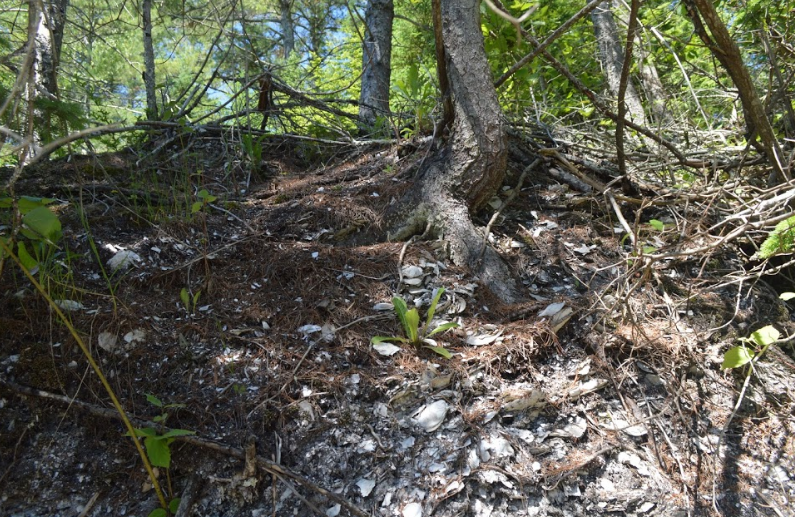
On more exposed, seaward-facing bluffs or beaches, and in the case of the Damariscotta area, on shores of a tidal estuary. These sites may be the result periodic consumption of large amounts of shellfish and/or long continuous occupation, or may represent seasonal gatherings. Some archaeologists suggest some shell middens may represent an effort to create a marker on the landscape. Although shell middens are often referred to as “trash heaps”, archaeologists now suspect that some of these features may represent more than simply the disposal of food waste.
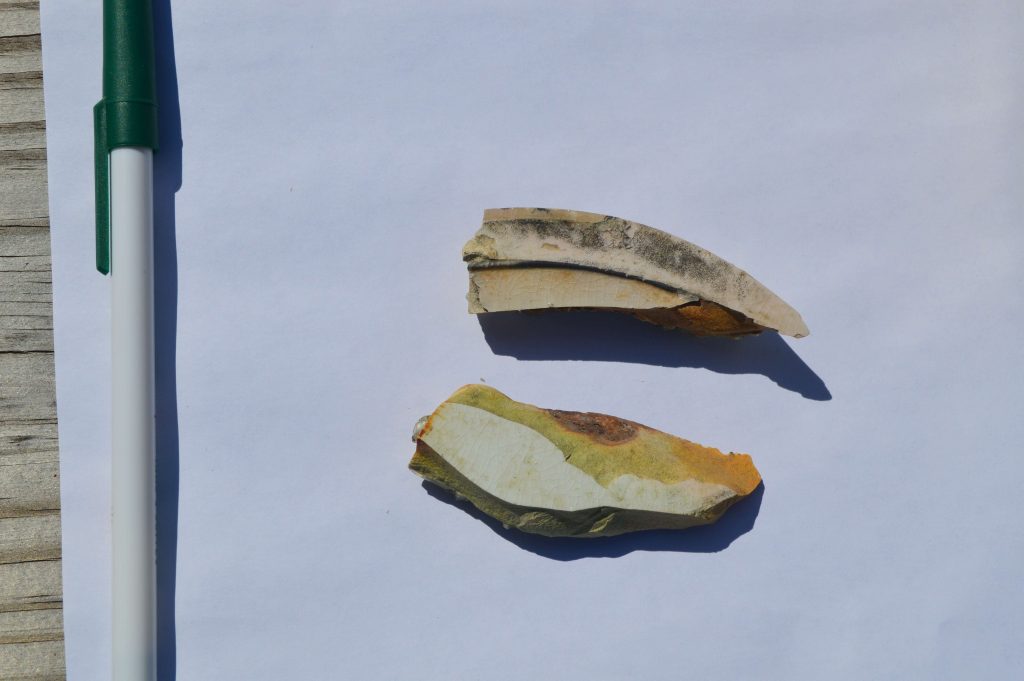
Middens are composed of shells (oyster, clam, mussel) and faunal remains (mammal, fish, bird, and reptile bones and teeth). Botanical remains, primarily seeds, are also preserved in middens.
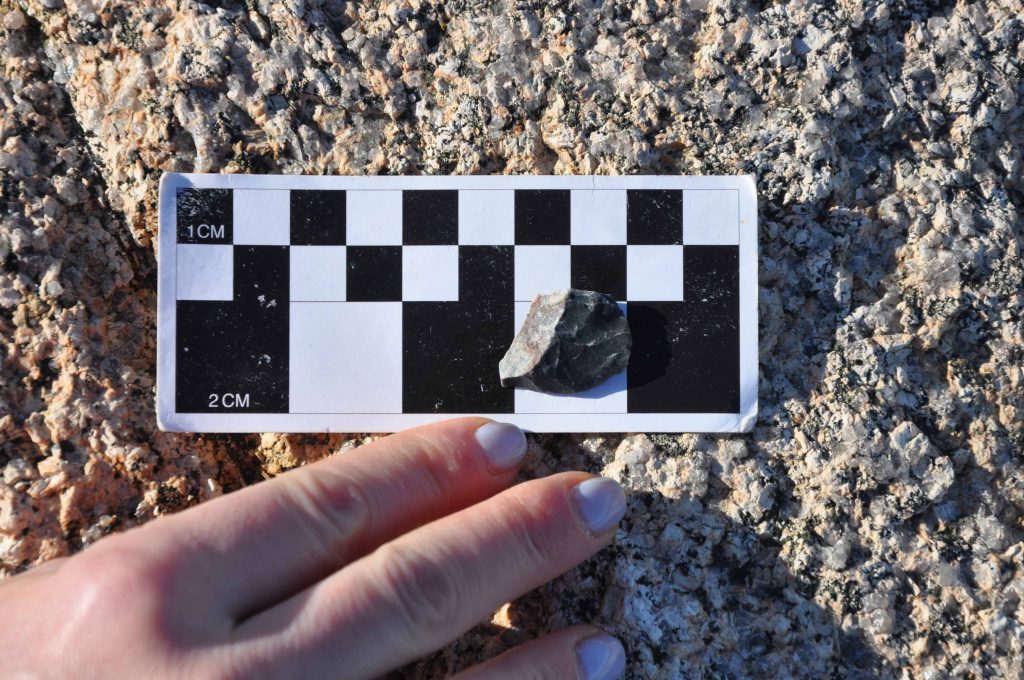
Stone tools or tool fragments and pieces of pottery are also found in middens, but are a minor component when compared with the large volumes of shell that make up most middens.
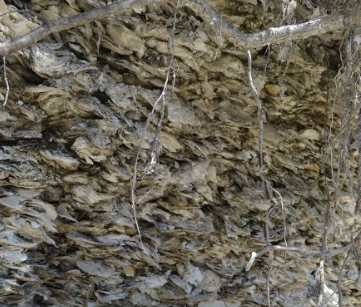
Composed largely of masses of shells (primarily clam or oyster), the most visible aspect of middens are shells eroding from bluffs or beaches and an accumulation of broken shells on the beach.
The deposits may be a meter or more in thickness, or thin deposits along eroding beaches or bluffs.

